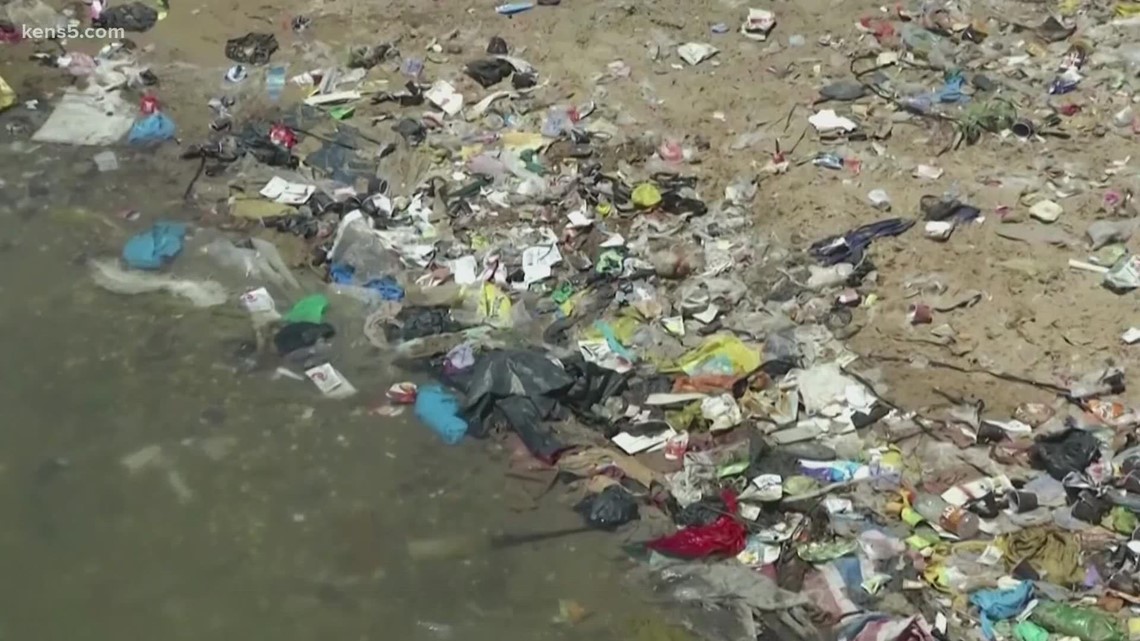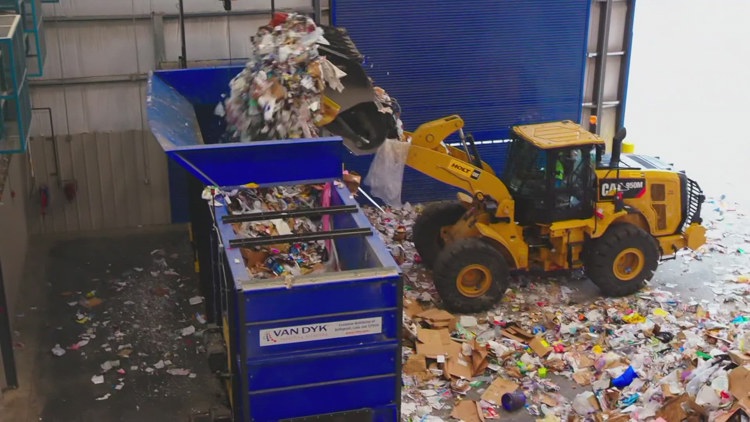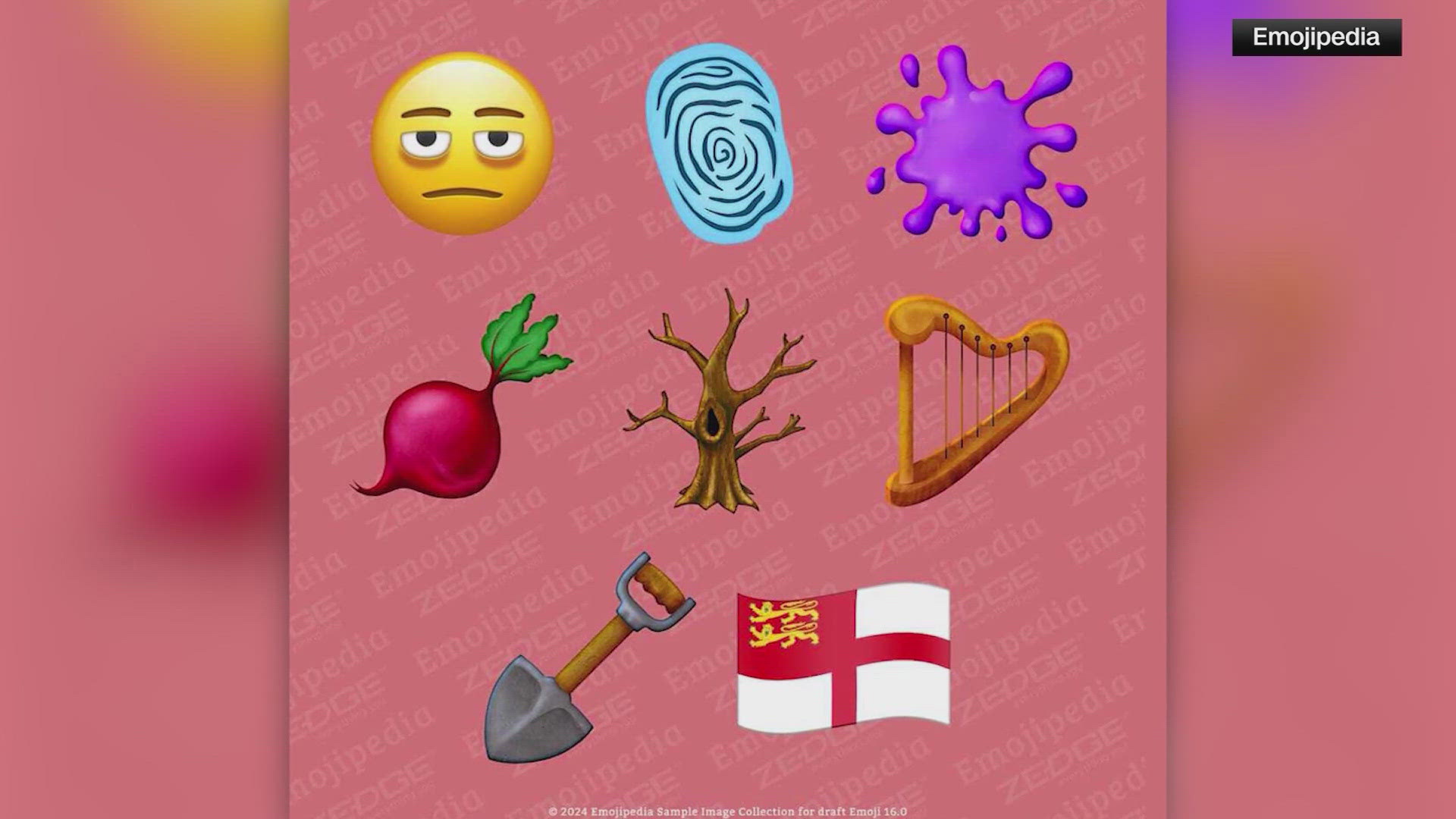SAN ANTONIO —
Researchers working to rid water of nanoplastics
Nanoplastics have been linked to cardiovascular and respiratory diseases in people according to the University of Missouri.
According to them nanoplastics are invisible to the naked eye, smaller than the diameter of an average human hair.
Now researchers at the University of Missouri have created a new liquid-based solution that eliminates more than 98% of these microscopic plastic particles from water.
“Nanoplastics can disrupt aquatic ecosystems and enter the food chain, posing risks to both wildlife and humans,” said Piyuni Ishtaweera, a recent alumna who led the study while earning her doctorate in nano and materials chemistry at Mizzou. “In layman’s terms, we’re developing better ways to remove contaminants such as nanoplastics from water.”
The innovative method — using water-repelling solvents made from natural ingredients — not only offers a practical solution to the pressing issue of nanoplastic pollution but also paves the way for further research and development in advanced water purification technologies.
You can read more on this from the University of Missouri here.


Jupiter and Mars won't do this again until 2033
Scientists say Jupiter and Mars will be very close to each other Wednesday and this isn't expected to happen again until 2033.
According to AP News they’ll be so close Wednesday, at least from our perspective, that just a sliver of moon could fit between them. In reality, our solar system’s biggest planet and its dimmer, reddish neighbor will be more than 350 million miles (575 million kilometers) apart in their respective orbits.
Read more about this here.
More water on Mars?


Large amounts of water underground on Mars has been discovered.
University of California Berkley is using seismic activity to probe the interior of Mars. With this geophysicists have found evidence for a large underground reservoir of liquid water — enough to fill oceans on the planet’s surface.
According to UC Berkley data from NASA’s Insight lander allowed the scientists to estimate that the amount of groundwater could cover the entire planet to a depth of between 1 and 2 kilometers, or about a mile.
Vashan Wright, a former UC Berkeley postdoctoral fellow along with Michael Manga of UC Berkeley and Matthias Morzfeld of Scripps Oceanography, will have an analysis in the journal Proceedings of the National Academy of Sciences this week.
To read more on these findings click here.



